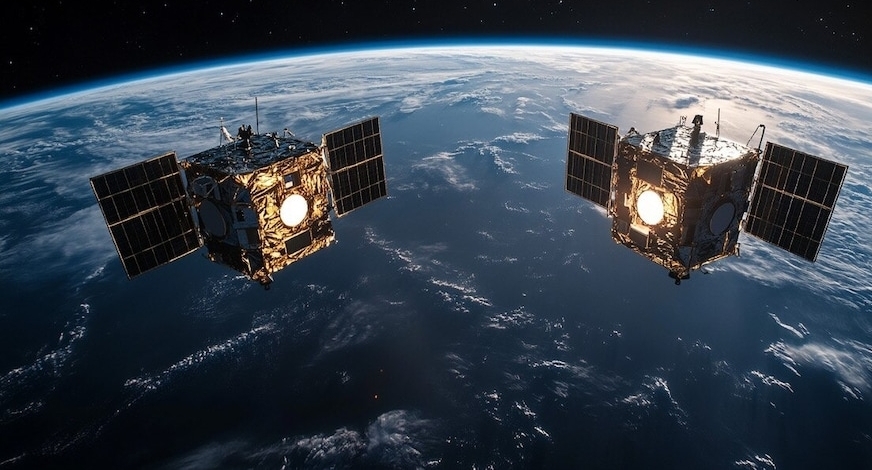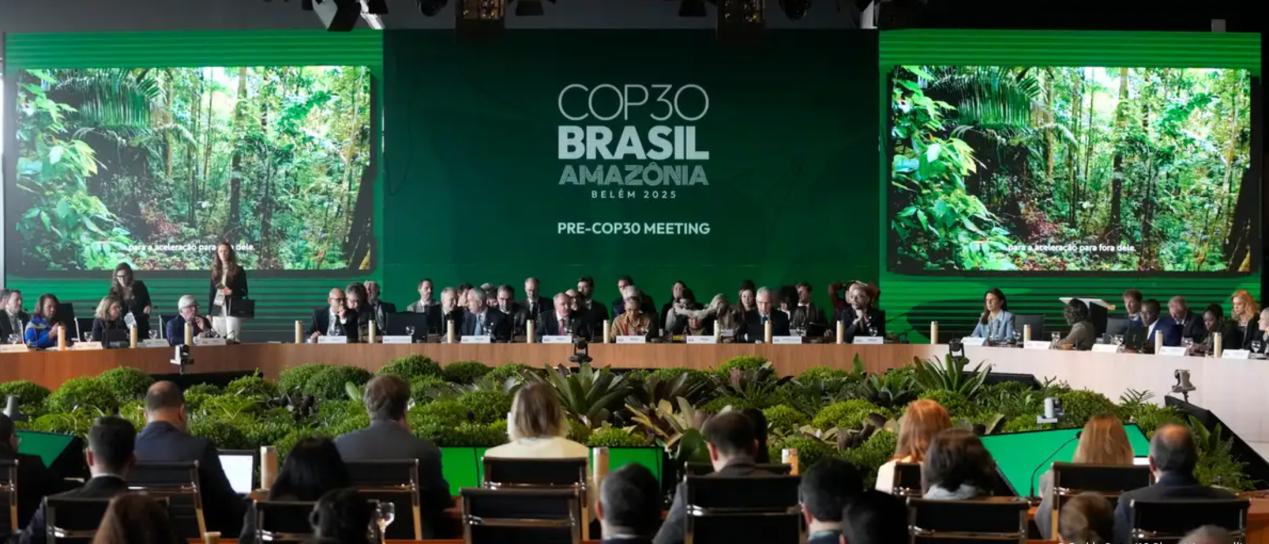
The Indian Space Research Organization (ISRO) plans to launch the SpaDeX mission from Sriharikota at 9:58 pm on December 30, 2024, marking an important step in India's development of space docking technology and future space exploration goals. The mission will be carried out by India's PSLV-C60 rocket and aims to demonstrate and verify the cost-effective technology required for docking and separation of spacecraft in space.
First of all, the SpaDeX mission is regarded by ISRO as a milestone in the history of Indian space exploration. The key lies in improving the technical capabilities of docking, rendezvous and undocking between spacecraft. These technologies are crucial for future satellite maintenance, space station operations, and interplanetary exploration missions. ISRO said, "SpaDeX will be a key step in enhancing India's space docking capabilities and will lay the foundation for manned spaceflight, sample return and advanced space infrastructure missions in the future."
Secondly, the complexity of this mission is also reflected in the fact that the PSLV-C60 rocket will carry 24 payloads, which are part of the PS4 Orbital Experiment Module (POEM-4). These mission payloads demonstrate India's efforts to apply cutting-edge scientific research results to actual operational missions, indicating India's rapid progress in space exploration.
Furthermore, the SpaDeX mission is not only an important step in India's space program, but is also expected to pave the way for India's future space exploration, including lunar sample recovery, the development of India's Antariksha space station and the implementation of manned lunar missions. So far, only the United States, Russia and China have successfully developed space docking technology in the world, so India's breakthrough in this field is of great strategic significance. ISRO representatives explained: "The main goal of the SpaDeX mission is to develop and verify the technology required for two small spacecraft (SDX01 and SDX02) to complete docking, rendezvous and undocking in low Earth orbit." Among them, SDX01 is called the "chaser" and SDX02 is the "target." In addition, the mission will also demonstrate inter-spacecraft power transmission, which is of great significance for future space robotics, control of composite spacecraft, and post-undock payload operations. "This docking capability is not only critical for lunar and interplanetary missions, but also facilitates multi-launch missions and supports future manned space programs," ISRO officials added.
After completing the docking and undocking demonstrations, the two satellites will continue to carry out independent missions in orbit, which are expected to last for two years. Specifically, the SDX01 satellite is equipped with a high-resolution camera (HRC) for capturing high-definition images. The SDX02 satellite carries two payloads: a miniature multispectral sensor (MMX) and a radiation monitor (RadMon) to monitor radiation in the orbital environment, conduct vegetation research, and provide data support for natural resource monitoring.
Then, the PSLV-C60 mission also includes 24 payloads from multiple ISRO laboratories, private startups, and educational institutions. These experiments will help India further advance its space technology. These payloads will be deployed on the fourth stage of the PSLV rocket and will remain in orbit for several weeks before re-entering the Earth's atmosphere.
Among them, the PS4 Orbital Experiment Module (POEM) provides a unique platform for conducting microgravity experiments for up to three months, which will be carried out using the "space junk" module after completing the payload deployment mission. The design of the POEM module enables scientists to use the microgravity environment in space to conduct a series of important experiments, which is of great significance for further understanding and application of space technology.
In summary, in the long run, the SpaDeX mission will lay the foundation for India's future development in the space field. This not only includes docking technology used in lunar and interplanetary missions, but will also directly promote the advancement of India's manned space program. Through this mission, India will show a more important influence on the global space exploration stage. The SpaDeX mission is an important milestone in India's space exploration. Through this mission, the Indian Space Research Organization not only demonstrated its breakthrough in space docking technology, but also laid a solid foundation for future lunar exploration, space station construction and interplanetary missions. In the context of only the United States, Russia and China mastering docking technology in the world, India's progress will undoubtedly promote its status and influence in the field of international space exploration.

In November 2025, the transition period of the EU's Carbon Border Adjustment Mechanism (CBAM) will come to an end, and it will enter the full taxation stage.
In November 2025, the transition period of the EU's Carbon …
While the US economy struggles through inflation and shorta…
Recently, according to the Japan Meteorological Agency, a s…
This week, New York Federal Reserve President John Williams…
In November 2025, the global economic pattern shows signifi…
Recently, there have been reports stating that two data cen…